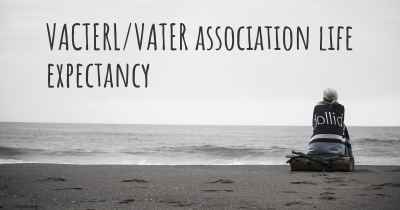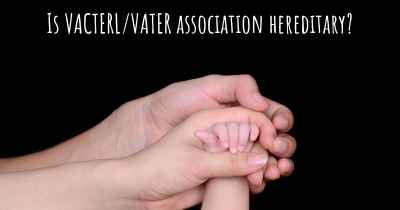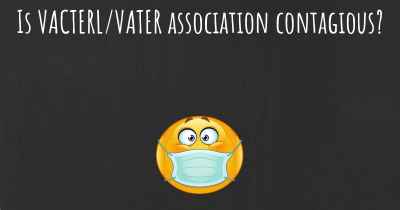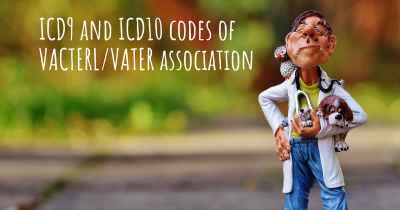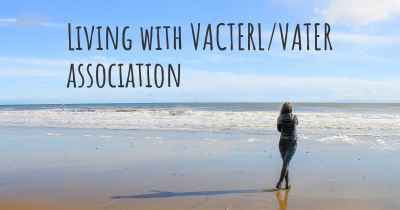What are the best treatments for VACTERL/VATER association?
See the best treatments for VACTERL/VATER association here

VACTERL/VATER association is a rare congenital disorder that affects multiple organ systems in the body. It is characterized by the presence of several birth defects, including vertebral anomalies (V), anal atresia (A), cardiac defects (C), tracheoesophageal fistula (TE), renal anomalies (R), and limb abnormalities (L). The exact cause of VACTERL/VATER association is unknown, but it is believed to result from a combination of genetic and environmental factors.
Treatment for VACTERL/VATER association is typically individualized based on the specific birth defects present in each affected individual. A multidisciplinary approach involving various medical specialists is often required to manage the different aspects of this condition. The primary goal of treatment is to address the specific abnormalities and improve the overall quality of life for the affected individual.
Vertebral anomalies: The treatment for vertebral anomalies depends on the severity and location of the defect. In some cases, no treatment may be required, while in others, surgical intervention may be necessary to correct the spinal deformity and prevent complications such as spinal cord compression. Bracing and physical therapy may also be recommended to help improve posture and mobility.
Anal atresia: Surgical repair is typically required to correct anal atresia. The specific surgical technique used depends on the severity of the defect. In some cases, a temporary colostomy may be necessary to divert stool while the surgical site heals. Long-term management may involve bowel management programs and dietary modifications to ensure proper bowel function.
Cardiac defects: The treatment for cardiac defects associated with VACTERL/VATER association varies depending on the specific defect present. Some individuals may require surgical intervention to repair or palliate the heart defect. Medications may also be prescribed to manage symptoms and improve cardiac function. Regular follow-up with a pediatric cardiologist is essential to monitor the heart's health and address any potential complications.
Tracheoesophageal fistula: Surgical repair is necessary to correct tracheoesophageal fistula, which is a connection between the trachea and esophagus. The specific surgical technique used depends on the location and severity of the fistula. In some cases, a temporary tracheostomy may be required to facilitate healing. Feeding may need to be done through a gastrostomy tube until the surgical site has healed completely.
Renal anomalies: The treatment for renal anomalies associated with VACTERL/VATER association depends on the specific abnormality present. Some individuals may require surgical intervention to correct structural abnormalities or improve renal function. Regular monitoring of kidney function and blood pressure is important to detect and manage any potential complications.
Limb abnormalities: The treatment for limb abnormalities varies depending on the specific defect present. Orthopedic interventions such as casting, bracing, or surgical procedures may be recommended to improve limb function and correct any deformities. Physical and occupational therapy are often utilized to enhance mobility and maximize independence.
Additional considerations: In addition to the specific treatments for each birth defect, individuals with VACTERL/VATER association may require ongoing medical management and support. This may include regular check-ups with various specialists, such as pediatricians, geneticists, gastroenterologists, urologists, and orthopedic surgeons. Early intervention programs and therapies may be beneficial to address developmental delays or challenges.
Psychosocial support: It is important to recognize the emotional and psychosocial impact that VACTERL/VATER association can have on affected individuals and their families. Access to counseling services and support groups can provide valuable resources and assistance in coping with the challenges associated with this condition.
In conclusion, the treatment for VACTERL/VATER association involves a multidisciplinary approach and is tailored to address the specific birth defects present in each individual. Surgical interventions, medications, and therapies are utilized to correct or manage the various abnormalities and improve overall quality of life. Regular monitoring and follow-up with medical specialists are essential to detect and address any potential complications. Emotional and psychosocial support for affected individuals and their families is also crucial in managing the challenges associated with this condition.
